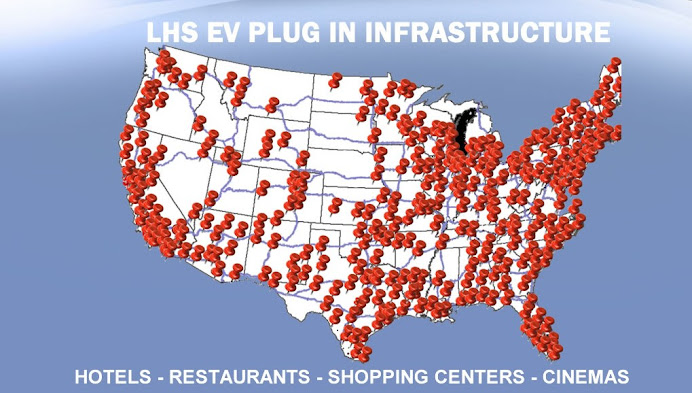 The parent of SAIC Motor Corp, China's biggest automaker, plans to invest 6 billion yuan ($879 million) to develop and manufacture clean energy vehicles until 2011, the official Xinhua news agency said. One-third of the investment will go to research and development of green cars and the rest will be invested equally in green vehicle and component manufacturing, Xinhua cited SAIC Chairman Hu Maoyuan as saying late on Tuesday.
The parent of SAIC Motor Corp, China's biggest automaker, plans to invest 6 billion yuan ($879 million) to develop and manufacture clean energy vehicles until 2011, the official Xinhua news agency said. One-third of the investment will go to research and development of green cars and the rest will be invested equally in green vehicle and component manufacturing, Xinhua cited SAIC Chairman Hu Maoyuan as saying late on Tuesday.SAIC, the China partner of General Motors and Volkswagen AG, will launch its self-developed hybrid Roewe sedans next year and electric cars by 2012, the Shanghai Securities News said on Wednesday, citing an unnamed company executive. The Shanghai-based automaker may outsource batteries for its green cars and is in discussion with potential partners including BYD Co, the newspaper said.
BYD, 10% owned by a unit of U.S. billionaire investor Warren Buffett's Berkshire Hathaway Inc, launched its plug-in hybrid car F3DM in China late last year. Chery Automobile Co also rolled out its first electric car S18 in February.
Beijing unveiled a plan earlier this year to subsidise the purchase of clean-energy vehicles for public transport fleets in 13 cities to help its automobile industry develop green technology. Subsidies will be based on the gap in prices between more energy-efficient vehicles and those with traditional engines, with subsidies running up to 600,000 yuan (87,900 U$) on a fuel cell powered large commercial bus.
Source : Reuters, by James Pethokoukis, November 3rd, 2009
Source : Reuters, by James Pethokoukis, November 3rd, 2009
.jpg)
.jpg)

.jpg)
.jpg)

.jpg)
.jpg)




